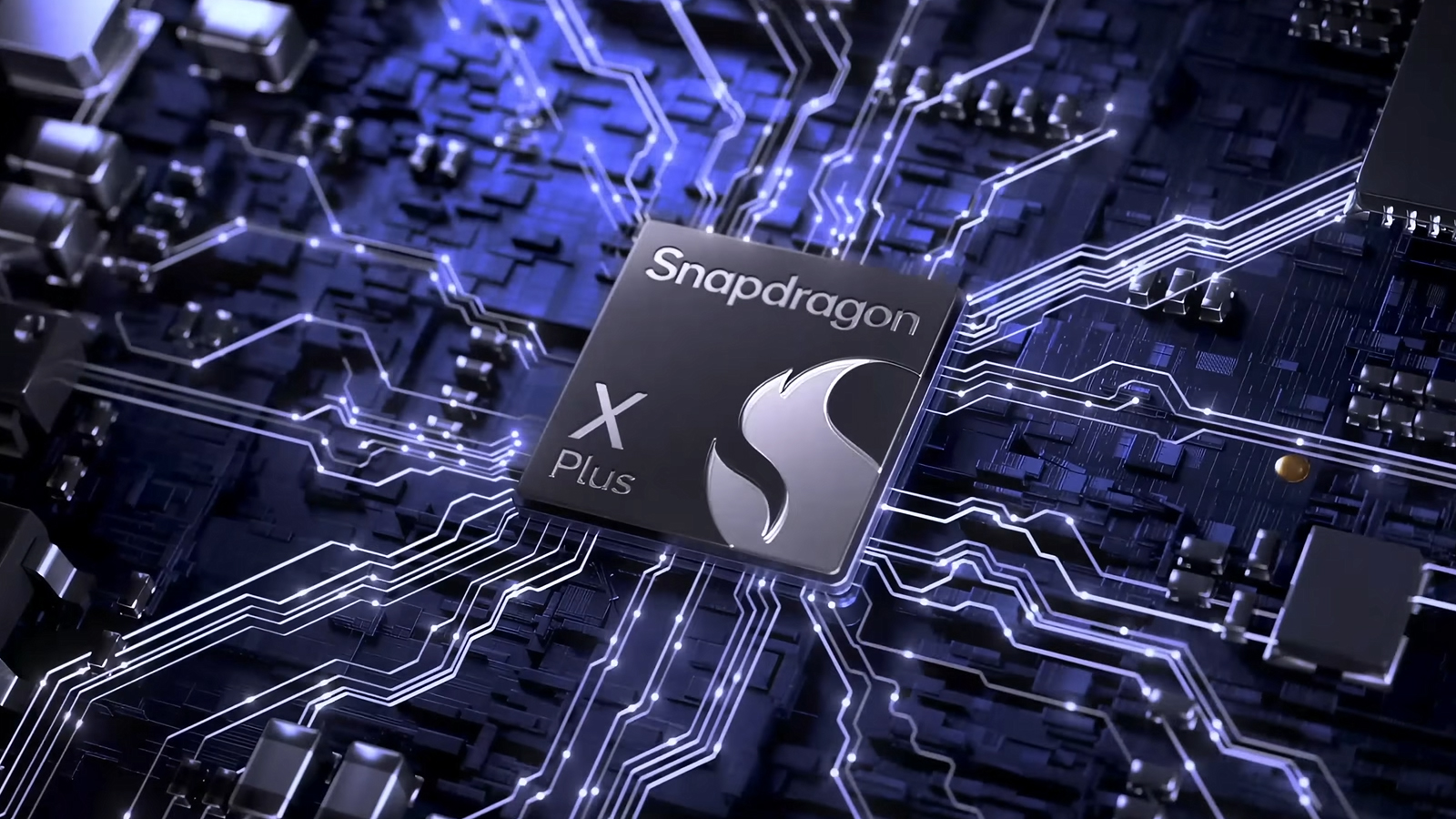
Qualcomm plans to release a budget Snapdragon X Plus chip with the X1P-42-100. This would be the most affordable SoC in its lineup and is designed for the $700-dollar Windows on Arm PCs arriving next year. These Snapdragon X PCs are built for budget customers who want to try the AI experience but do not necessarily need high-performance computing. Wccftech has gathered multiple benchmark test results of the Asus ProArt PZ13, which features Qualcomm’s most affordable chip, and the results were generally mixed.
The 8-core X1P-42-100 only fell back by around 5% in Cinebench single-core tests versus its 10-core X1P-64-100 sibling, but its multi-core performance dropped by 20%, probably because it has 20% fewer cores.
Nevertheless, it outperformed the AMD Ryzen 9 8945HS and even the Intel Core 9 185H in Geekbench 6 single-core tests. But just like in the earlier tests, the X1P-42-100 fell behind in multi-core tests, with the Ryzen 9 8945HS, which also has eight cores, scoring about 200 points higher.
The GPU benchmarks reveal the weakness of the 8-core Snapdragon X Plus SoC. The chip gets a paltry 916 graphics points in Time Spy, which is nearly 40% lower performance than its 10-core stablemate. Its Steel Nomad GPU benchmark test results also showed a 1,159-point result, with the device getting just 8.6 FPS—again, around 40 to 50% lower than its older, more powerful siblings.
These numbers were reinforced when the tester benchmarked Shadow of the Tomb Raider on the Qualcomm-powered PC. The GPU could only muster 18 FPS at 1080p with graphics set to its lowest setting. When you set the preset to High, the FPS numbers fall by nearly 33% to an unplayable 12 FPS.
Even though the start price point for a PC with the Snapdragon X Plus X1P-42-100 is just $700, this graphical performance is disastrous for the chip. After all, you could get a brand new M1 MacBook Air with 8GB of RAM today at Best Buy at the same price, and it could play the same title at 30 FPS.
Nevertheless, this might not matter as PC buyers like these would likely not care about games. Instead, Qualcomm seems to target users who primarily run web-based apps like Google Docs and want to try the features of an ‘AI PC.’ Furthermore, the headlining feature of these chips would be the astounding battery life, with some reviewers reportedly charging their Snapdragon X-powered laptop only once a week, not their gaming prowess.
Even though they have average CPU processing power and absolutely atrocious GPU performance, there still might be a market for these new chips at $700. However, with the upcoming launch of Intel’s Lunar Lake chips this fall, we want to see Team Blue’s answer to the 8-core Snapdragon chip and whether it can hit the same power efficiency benchmarks that Qualcomm has set for the industry.







